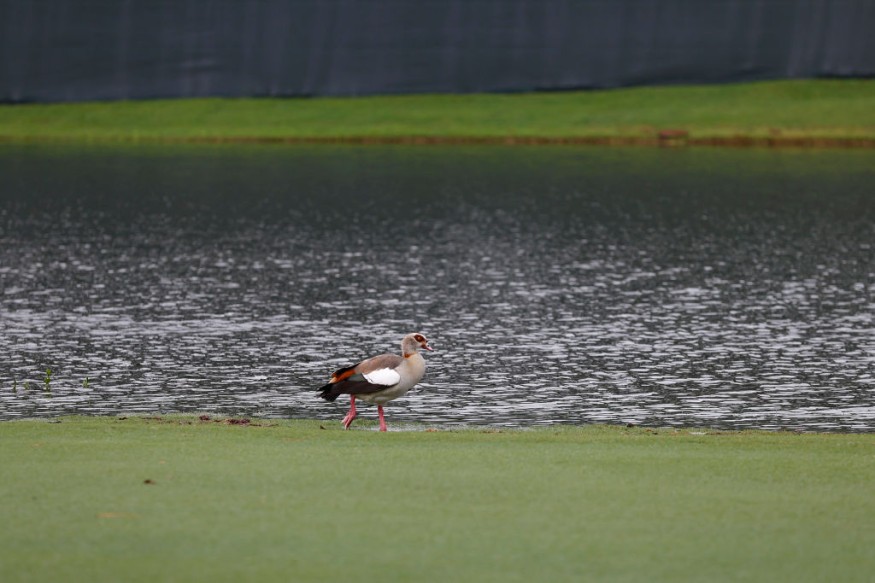
Recent United Nations reports reveal that there are currently roughly 162 countries engaged in illegal wildlife trading, with over 4,000 wildlife species being targeted for trade globally.
Untold Harm
According to the UN Office on Drugs and Crime's (UNODC) World Wildlife Crime Report, this causes "untold harm to nature," including the loss of some endangered species.
The data shows that 1,652 species of birds, mammals, reptiles, and amphibians were apprehended by the government between 2015 and 2021.
Forty percent of the seized species were included on the International Union for Conservation of Nature's (IUCN) Red List as vulnerable or near threatened.
The report also said that between 2015 and 2021, seizures related to illegal wildlife crimes resulted in over 13 million items and over 16,000 tons of weight.
Of all the individual seizures, corals accounted for the greatest portion (16%), followed by crocodiles (9%), and elephants (6%).
Due to their rarity, several orchids, succulents, fish, birds, animals, reptiles, and fisheries are severely threatened; one recently described orchid species was quickly removed from its natural environment.
Orchids are frequently sought-after as decorative plants or for their edible tubers. In contrast, big cat bones, seahorses, and pangolins are usually trafficked for medicinal purposes.
Over the past 20 years, there has been an increase in seizures, which indicates that the UN's Sustainable Development Goal (SDG) to stop the trafficking of protected animals by 2030 is not being met.
Beyond posing direct harm to species, wildlife crime has a devastating effect on delicate ecosystems, eliminates a major source of revenue for populations who depend on nature, and undermines Earth's ability to slow down global warming.
Nonetheless, over the past ten years, efforts to lessen the trafficking of famous animals like elephants and rhinos have been successful. For both of these species, poaching, seizure rates, and market prices have been continuously falling.
This is the result of initiatives to reduce supply and demand, including increased focus on policy, more stringent regulations on the market, and law enforcement's targeting of high-level traffickers. The criminalization of wildlife crime and cross-border collaboration have both improved.
Trafficking Of Animals
Animals are trafficked for a variety of purposes, including food, medicine, pets, and décor.
The paper cautions that while seizures and arrests of illicit items are frequently viewed as indicators of success in reducing wildlife trafficking, they may not always have a lasting effect.
Traffickers in wildlife are quick to change their approaches and routes, taking advantage of legal loopholes and market trends as well as regulatory weaknesses.
Legislators must therefore focus on the criminal incentives-whether they be sociocultural or economic-that propel black markets. The report also emphasizes the necessity of tighter oversight and stronger punishments for dishonest officials who flout laws and aid major organized crime groups in the trafficking of animals.
"This demands strong, targeted interventions at both the demand and supply sides of the trafficking chain, efforts to reduce criminal incentives and profits, and greater investment in data, analysis, and monitoring capacities," said Ghada Waly, UNODC Executive Director.
The authors of the paper concluded that decreasing wildlife crimes will require a multimodal strategy that tackles all aspects, from the source of crimes to the final market.
Related Article : Wildlife Trafficking Plummeted Amidst the Pandemic, Giving Perfect Opportunity for Long-Term Solutions
© 2025 NatureWorldNews.com All rights reserved. Do not reproduce without permission.





